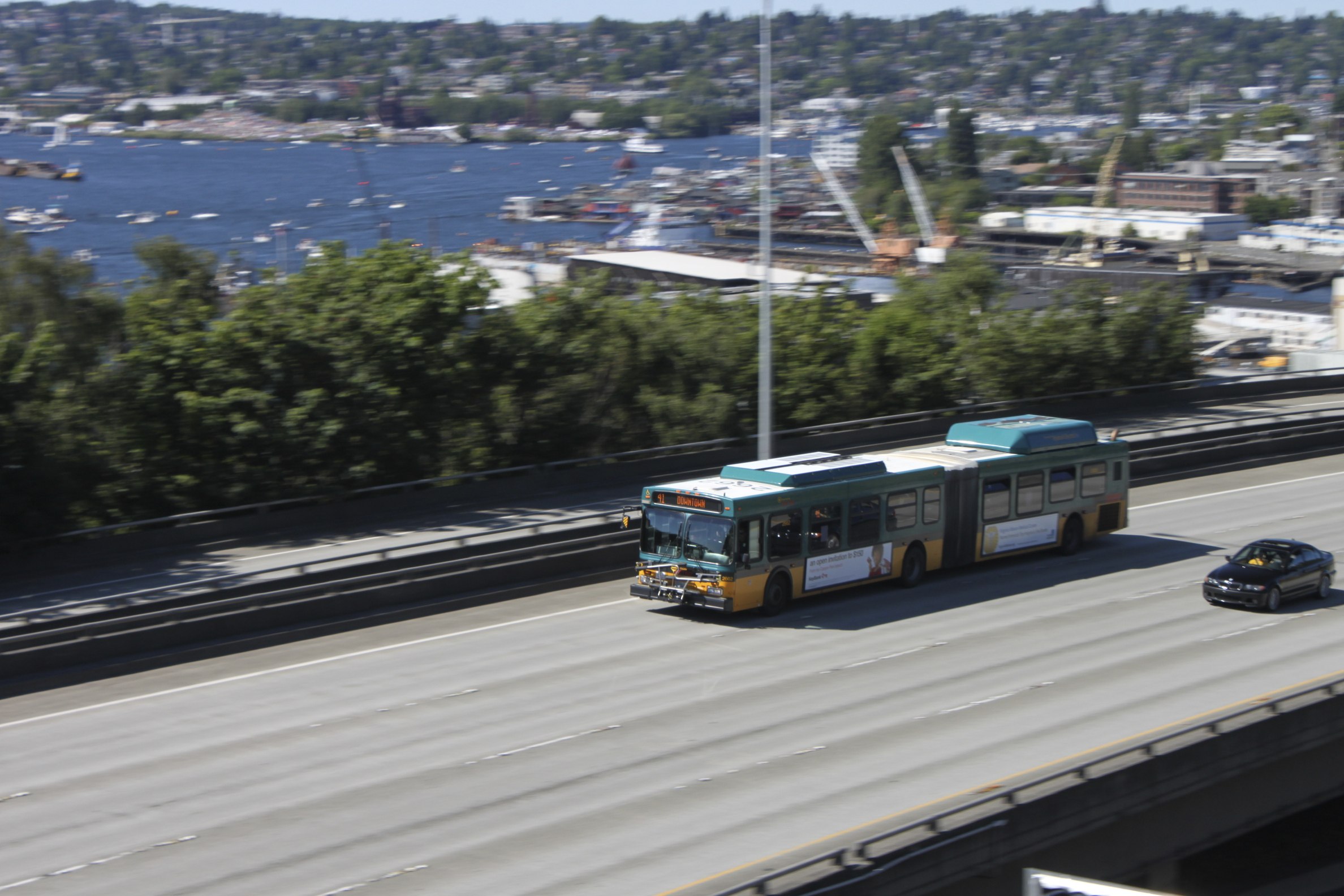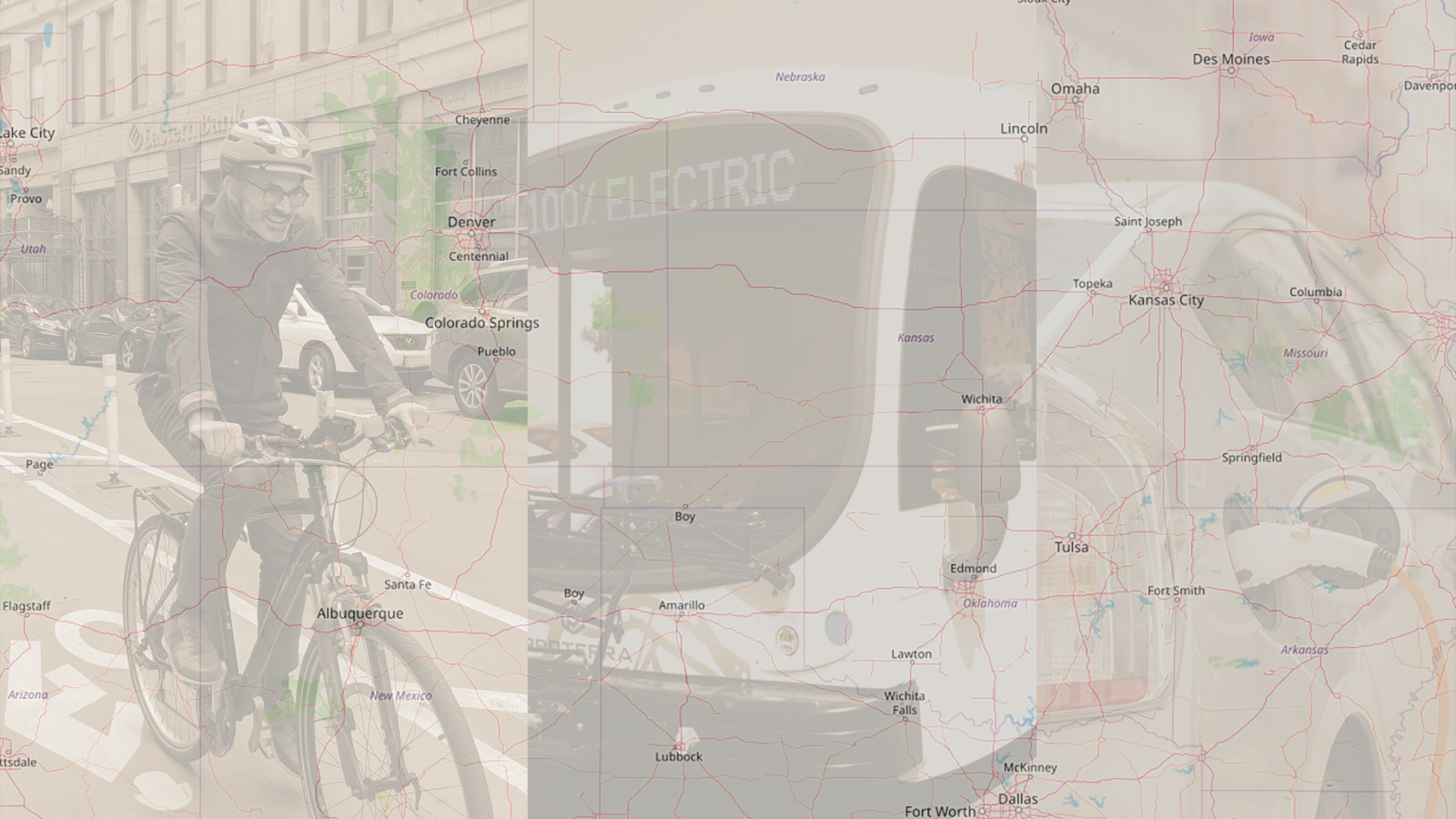Testimony on Baltimore Transit-Oriented Development Fund
The Maryland Public Interest Group supports the passage of HB 213, establishing the Baltimore City Community Enhancement Transit-Oriented Development Fund as a special, non-lapsing fund for specified purposes
Testimony for the Environmental Matters Committee
HB 213 – Baltimore City Community Enhancement Transit-Oriented Development Fund
Position: FAVORABLE
Position: The Maryland Public Interest Group supports the passage of HB 213, establishing the Baltimore City Community Enhancement Transit-Oriented Development Fund as a special, non-lapsing fund for specified purposes; providing for the contents and uses of the Fund; requiring that a portion of revenues from projects and other money, as specified, be paid into the Fund; requiring the Comptroller to pay specified money from the Fund to the Mayor and City Council of Baltimore City in a specified manner; authorizing the Mayor and City Council to use or award money from the Fund for specified purposes; etc.
Public Transit Promotes Economic Development, is Good for the Environment and Public Health
Transit-oriented development (TOD) – the creation of pedestrian friendly communities built around transit stops. Transit-oriented development builds healthier communities, cuts pollution and saves consumers money. Public Transit creates jobs directly and indirectly. Almost half of the nation’s Fortune 500 companies are headquartered in America’s transit-intensive metropolitan areas so they can take advantage of the expanded labor pool that public transportation gives them access to.
Maryland is growing today, and is expected to grow even more in the coming years. In just two decades, between 2010 and 2030, the state’s population is projected to grow by nearly 1 million residents, or roughly 16 percent.42 Moreover, 84 percent of this growth is expected to happen in just 13 of Maryland’s 24 counties, primarily on the western shore of the Chesapeake Bay, and around metropolitan areas such as Annapolis, Baltimore and Washington, D.C. These counties include: Anne Arundel, Baltimore City, Baltimore, Carroll, Cecil, Charles, Frederick, Harford, Howard, Montgomery, Prince George’s, St. Mary’s and Washington counties. A 2007 study by researchers at the University of Maryland’s National Center for Smart Growth and the Urban Land Institute, for example, shows that 55 percent of Americans would prefer to live in compact, walkable communities if given the choice between that and conventional sprawling developments.
Research has consistently shown that spending on transit creates more jobs than spending on highways. Job generation includes the workers who construct the infrastructure and operate transit, as well as the jobs created by suppliers to the construction industry and by the increased spending of workers in the local economy. Transportation spending also has indirect effects on job creation by increasing the efficiency of the transportation system and improving business productivity.
Transit-oriented develop can diminish our dependence on oil and help consumers save money at the gas pump. Public transportation is more fuel efficient than personal transit and saves 1.5 trillion gallons in auto fuel consumption every year in the U.S. In 2030, for example, TOD could help the new residents of Maryland’s 13 largest-growth counties avoid burning more than 80 billion gallons of gasoline, saving over $300 million.
According to the Baltimore Transit Alliance, high smog levels in Baltimore caused by congestion send roughly 159,000 people to the emergency room, lead to 53,000 hospital admissions, and cause 6 million asthma attacks each summer.
Conclusion
Public transit is good for the environment and public health; it promotes economic development and increases residents’ mobility. For these reasons, Maryland PIRG supports the passage of HB 213 and requests a favorable report.
References:
Building Maryland’s Future The Potential of Transit-Friendly Neighborhoods to Protect Open Space and Reduce Global Warming Pollution. Written by: Siena Kaplan and Sarah Payne, Frontier Group and Brad Heavner, Environment Maryland Research & Policy Center. http://www.frontiergroup.org/our-research/land-use/reports-on-land-use/b…
More Transit = More Jobs. By Todd Swanstrom, Will Winter, and Laura Wiedlocher Public Policy Research Center University of Missouri–St. Louis Transportation Equity Network. www.transportationequity.org
Topics
Authors
Jenny Levin
Find Out More

Less driving is possible

Green schools guide

Why privacy matters – even if you’ve got nothing to hide

